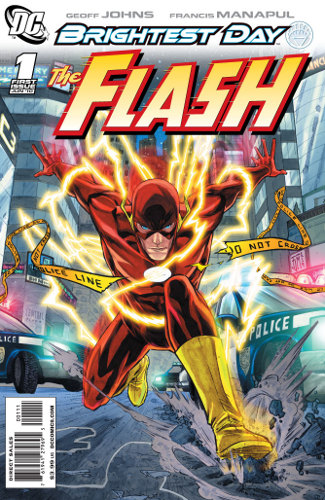
It’s refreshing to be able to read a Flash story that’s just a Flash story. After four months of retrospective on Wally West, three months off, then a year of rearranging the Flash mythos to make Barry Allen the Most Important Flash of All Time(TM), we finally get Geoff Johns and Francis Manapul’s Flash #1 — a story about the Flash vs. Rogues, and about Barry Allen and his day job.
You don’t need to have read Flash: Rebirth to follow this book. Or Blackest Night. Or, despite the banner across the top, Brightest Day. Actually, you don’t need to have read anything about the Flash to follow this book — and that’s something else that we haven’t seen in a while.
Story
Broadly speaking, the issue can be broken down into three main segments:
- Introduce the Flash.
- Introduce Barry Allen.
- Get the story going.
It moves in a way that the last three “first issues” of a Flash launch didn’t. The opening segment, after the equivalent of a cinematic pan-in, is one long action sequence. The middle segment slows down a bit, but manages to strike a good balance of exposition and characterization. Then the third segment jumps head-first into the mystery.
And the amazing thing? It’s actually fun. I know that’s the kiss of death in comics these days, but it also happens to be what I find myself wanting to read in a super-hero book lately. It has a sense of adventure that The Flash hasn’t really had since the days of Mark Waid’s classic run in the 1990s.
In a lot of ways, this book is 180 degrees away from Flash: Rebirth…and I have to wonder why Geoff Johns couldn’t have started with this approach a year ago, instead of spending 9 issues telling us, “It’s going to be great! Really! Barry is awesome! Can’t you just see how awesome he is?”
Art
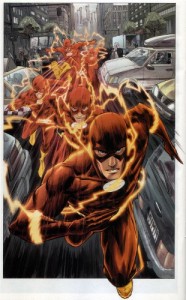 Of course, a year ago, one thing would have been missing: Francis Manapul’s art. It’s refreshingly clean after Ethan Van Sciver’s incredibly detailed work on Flash: Rebirth, and while I love Scott Kolins’ pencils on the Rogues, Manapul’s is a better fit for the Flash himself. Rather than focusing on multiple images, speed lines, or lightning, he mixes and matches all of them along with blur effects to show speed.
Of course, a year ago, one thing would have been missing: Francis Manapul’s art. It’s refreshingly clean after Ethan Van Sciver’s incredibly detailed work on Flash: Rebirth, and while I love Scott Kolins’ pencils on the Rogues, Manapul’s is a better fit for the Flash himself. Rather than focusing on multiple images, speed lines, or lightning, he mixes and matches all of them along with blur effects to show speed.
Manapul also works in a lot of details that stay in the background, but reward a second read: Barry’s and Iris’ chat icons, a bystander taking a photo with a cell phone at a crime scene, the Weather Wizard’s rap sheet slipping out of a file while Captain Frye tells Barry of his latest exploits. Iris has a coffee cup within arm’s reach in every single panel in which you can see her hands, except one. These things are fun to catch, but they don’t take over.
The only problem I have with his art is that his faces sometimes (but not always) seem a bit off. I can’t quite put my finger on why.
Okay, it’s SPOILER TIME!
Continue reading →
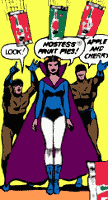 This frivolous complaints about Blackest Night thread is a fun read. My favorite is on page 4, with these two comments.
This frivolous complaints about Blackest Night thread is a fun read. My favorite is on page 4, with these two comments.
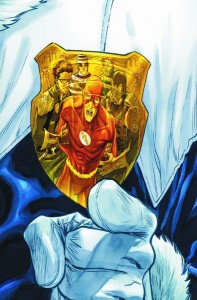


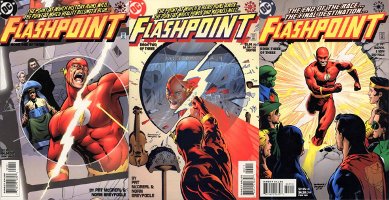
 Here are the distinct chunks of series:
Here are the distinct chunks of series: